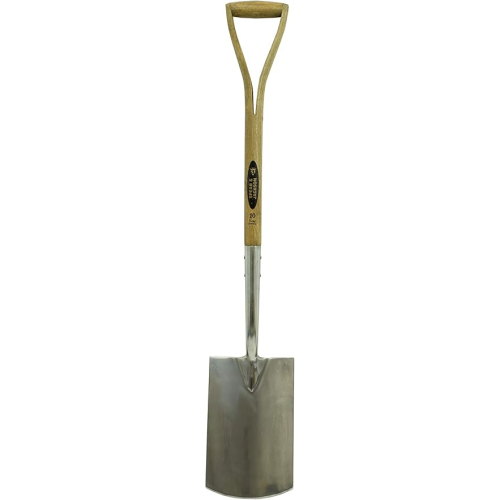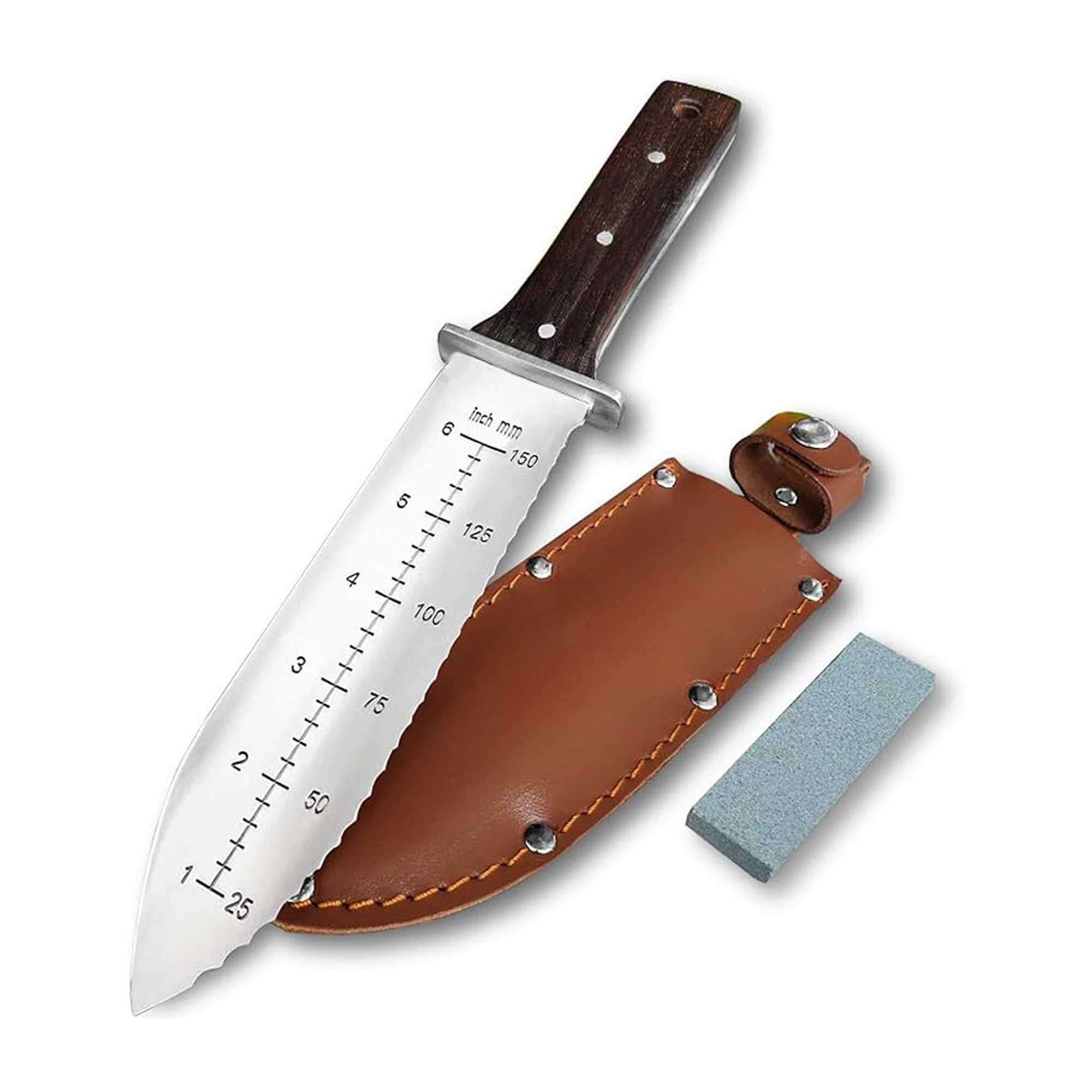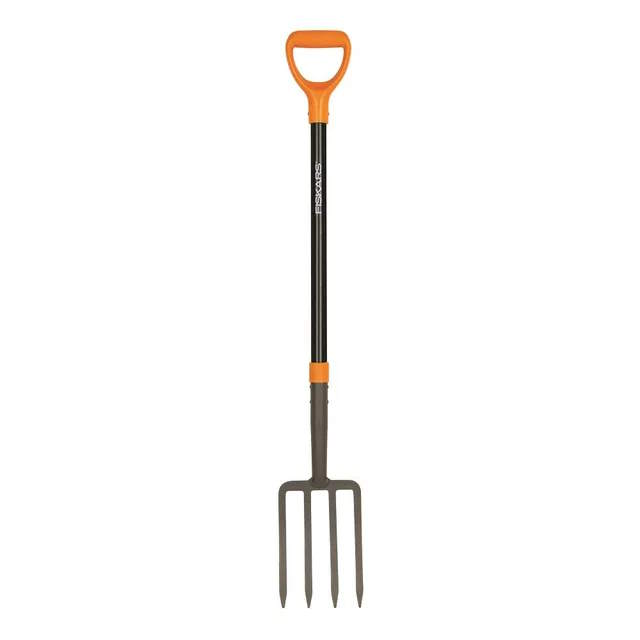As an expert horticulturalist, here's how I divide verbena in fall – to get more out of this hard-working perennial plant for free
Plus, discover the tools we recommend for the task
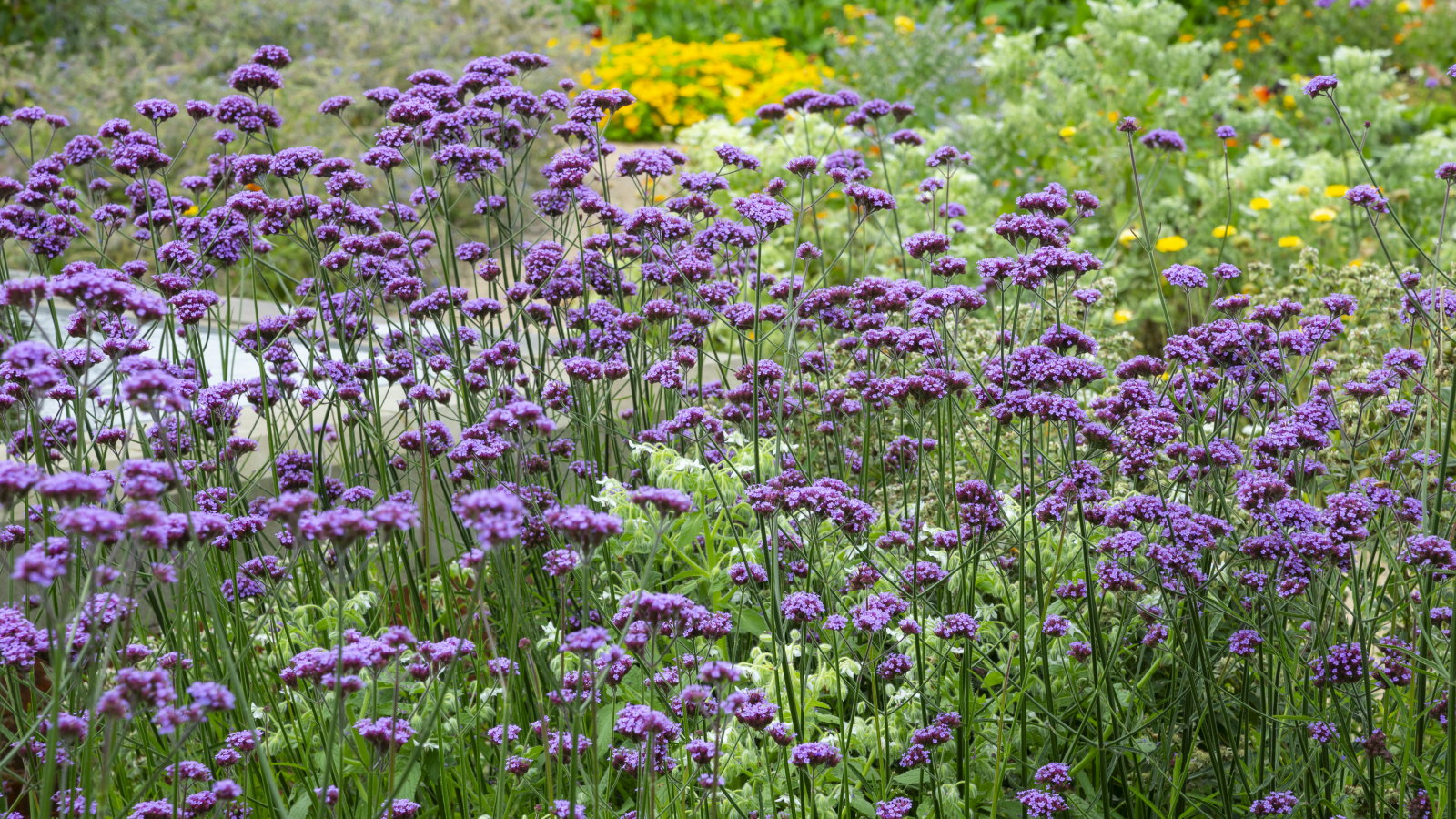

Verbena is a showstopper in any garden. Its long-lasting flowers put on a show from late spring through to the first frosts, attracting lots of birds and pollinators over the course of a season. It is understandable why this perennial is so popular with gardeners, who can divide verbena in spring or fall to expand their number of plants for free.
There are many species of verbena suitable for US hardiness zones 8-11 that gardeners can choose between, with most offering the benefits of being low-maintenance and drought-tolerant once established. However, over time, these clumps can become overcrowded and require rejuvenation by division.
Rejuvenating older clumps is not the only reason to divide if you grow verbena. The task is also perfect if you are renovating flower beds in your garden and want new plants for free, or you want to give verbena to family or friends. Whatever the reason, we explain the best times of year to do the task and reveal the easy-to-follow steps you need to know to divide verbena.
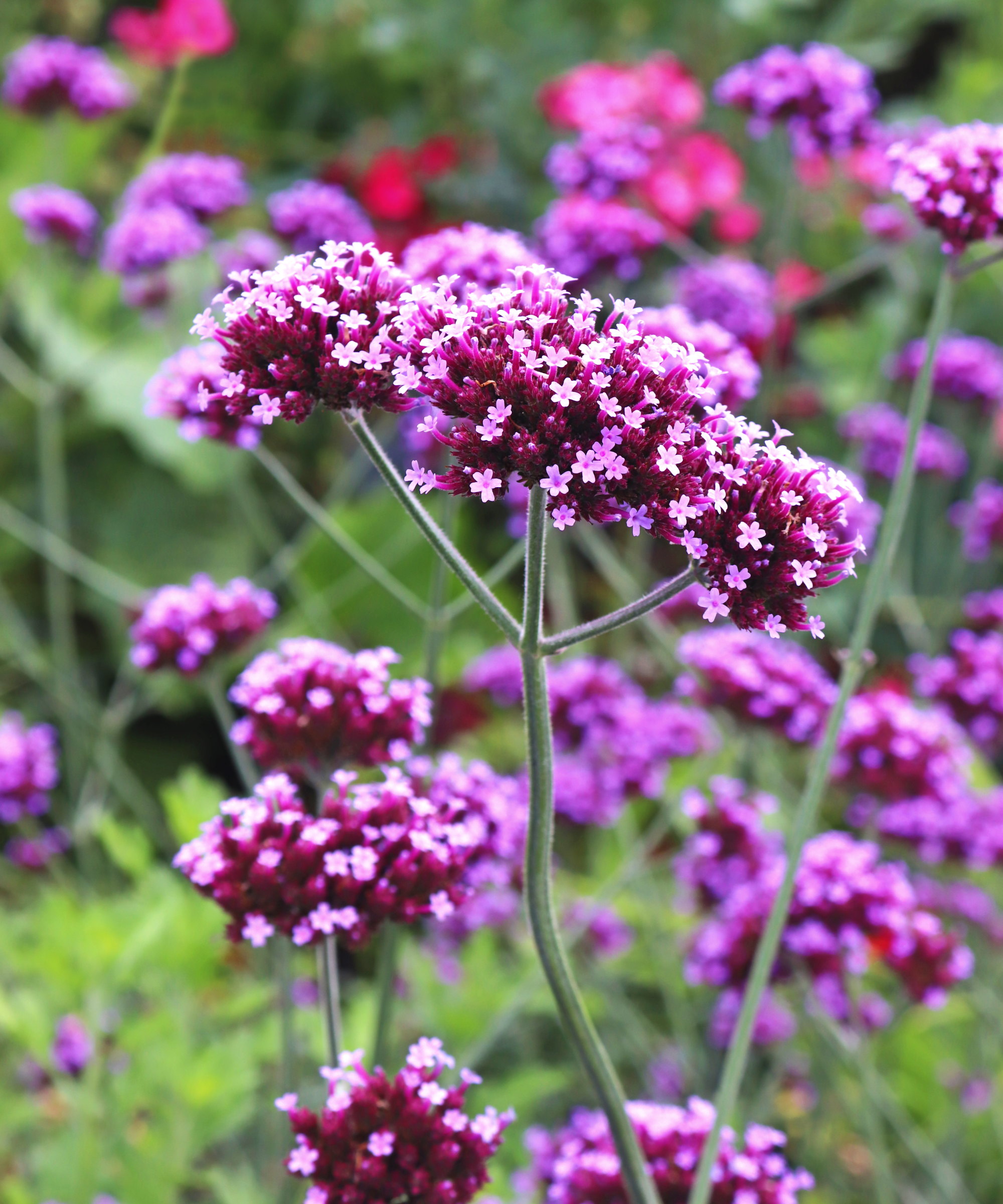
Dividing verbena in the fall
If you want to boost your verbena collection, there are three potential ways to make the dream a reality. You can take verbena cuttings, grow verbena from seed, or divide existing clumps.
To divide verbena for new plants to add to your backyard ideas, or to give away, you need to know how and when to divide plants. So let's kick off with the best time of year to do it.
When to divide verbena
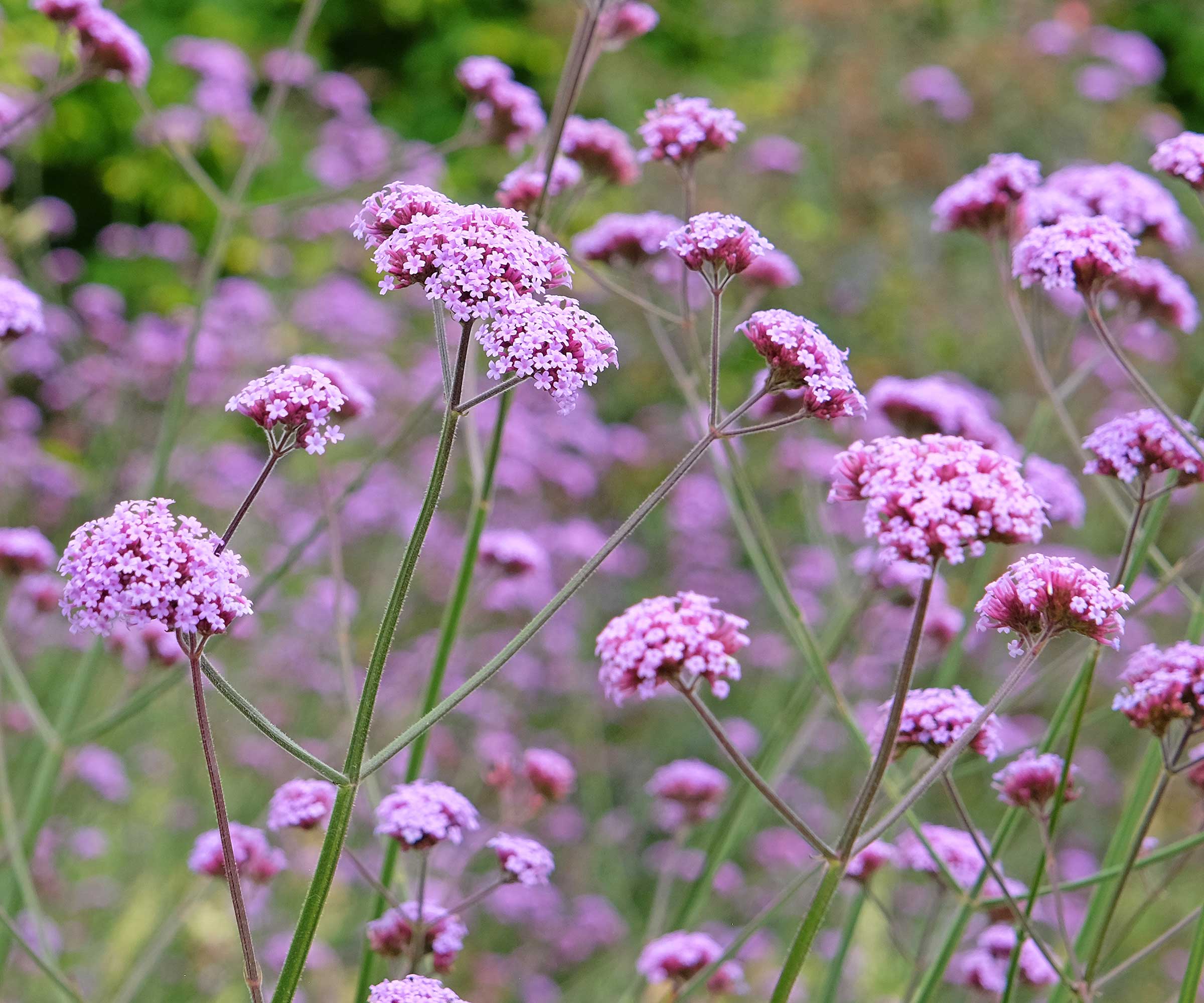
There are two windows in which you should divide verbena, spring and fall. Either after flowering, and before the winter colds arrive, or before the plant starts growing in spring, and after the frosts, are the perfect times to divide spring and summer-flowering perennials.
Perennials are just starting to break their dormancy in March to May, depending on your climate, and actively grow quickly at this stage of the season. The plants are full of vigorous energy, which helps plants recover from the stress of division and speedily establish roots.
Design expertise in your inbox – from inspiring decorating ideas and beautiful celebrity homes to practical gardening advice and shopping round-ups.
Dividing verbena in the fall allows you to take advantage of the warmth that is in the soil after summer, along with the regular rain at that time of year. You can divide verbena in September or October; however, the plants need 4-6 weeks to develop roots before the first ground frost, so whether you divide may depend on your US hardiness zone.
If you live in a colder climate or have particularly wet falls and heavy soil types, then it may be preferable to divide verbena in the spring. Gardeners in cooler climates that can give plants enough time post-flowering to grow roots can take advantage of the opportunity to divide verbena in the fall and get flowers from late spring the following year.
It is never advisable to divide verbena in winter or summer. It places lots of extra stress on the plant and reduces its chance of success. Winter division means the plant is likely to succumb to cold, while dividing in summer places lots of pressure on regularly watering plants to stop them drying out.
To make life easier for yourself and the plants, stick to the ideal windows and divide verbena in spring or fall.
How to divide verbena in 5 simple steps
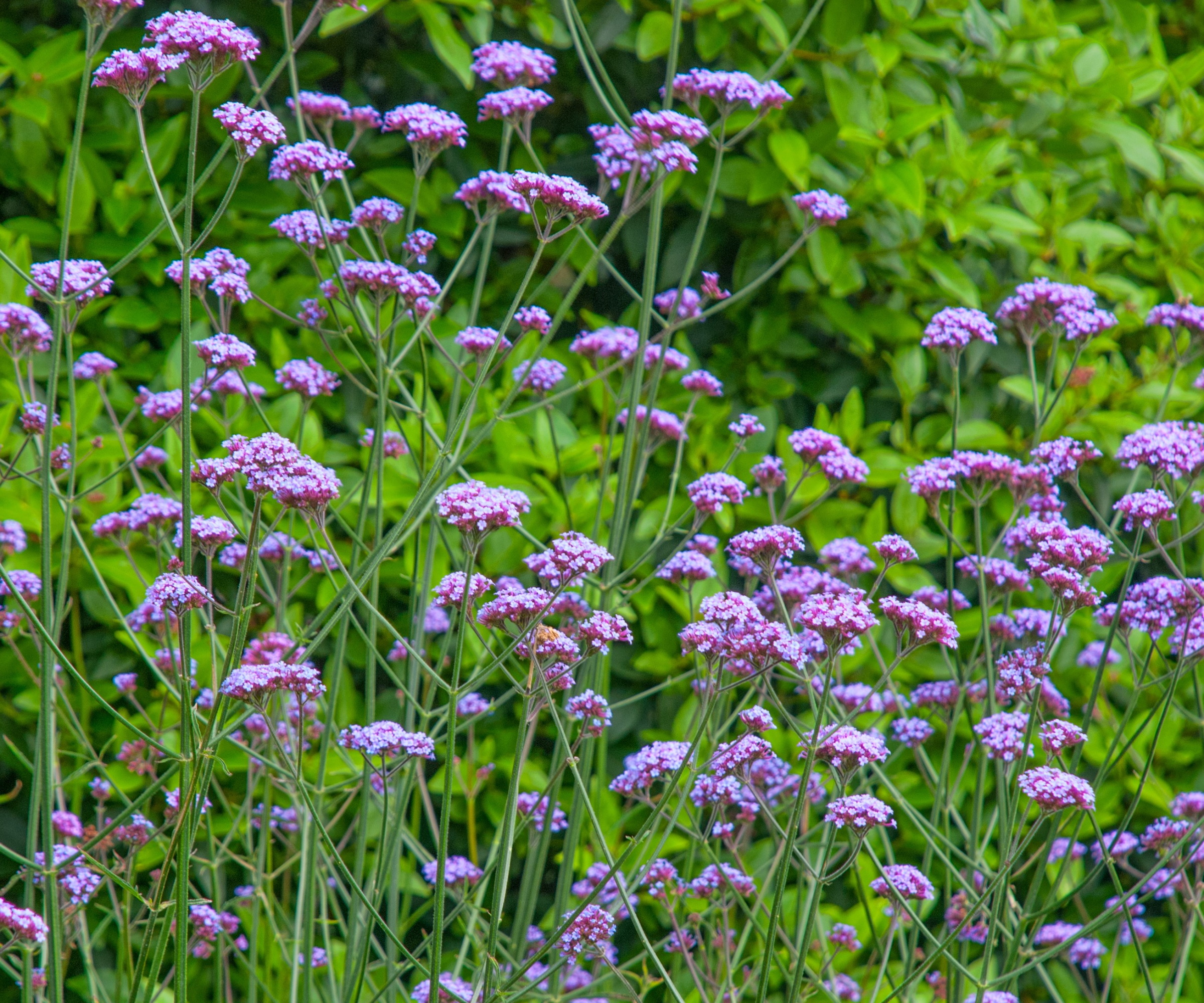
When dividing verbena, it is important to have the right gardening tools and to ensure they are sharp and clean. Sharp tools will make cleaner cuts, and sanitized tools reduce the risk of spreading disease around the garden.
Typically, a spade is the go-to tool for dividing plants, and you can sharpen a spade with a file or a sharpening stone to make it perfect for the task.
With your tools at hand, you can divide verbena in the following simple steps:
- Carefully dig up the plant - work your way around the clump with a spade or garden fork, taking care not to damage the roots, and gently lift the verbena out of the ground.
- Remove the soil - to help you get a good look at the root network and identify how many potential divisions you can get from the clump.
- Divide the clump - use a sharp spade, garden knife, hori-hori knife, or two forks back-to-back to separate the root ball into pieces. All sections must have healthy stems and roots.
- Replant sections as soon as possible - getting the pieces back into the soil quickly reduces stress and prevents the roots from drying out. You can put the sections in a bucket of water to keep them hydrated, but it is always best to move quickly. Plant the verbena in a sunny spot with well-draining soil, and with the crown at the same level as the original plant.
- Water the plants deeply – to ensure the new plants get established quickly, give them a deep watering and remember to check plants so they don't dry out over the coming weeks.
To help boost your chances of success, consider using a soil moisture meter, available at Amazon, to see when the soil is drying out and needs watering. You may also give divided plants a light feed with a balanced fertilizer, or bone meal, which can help them develop roots and shoots, such as this organic bone meal, available at Burpee.
Shop for tools to divide verbena
FAQs
Can you transplant Verbena bonariensis in the fall?
Verbena bonariensis is a popular verbena variety that grows around six feet and is topped with small purple flowers. They bloom in summer and fall, and are great plants for pollinators.
If you want to transplant the perennial, it can be done in the fall. A transplanted verbena will need watering and mulching to protect the roots from winter colds. If you live in climates with cold winters, it is better to transplant Verbena bonariensis in spring.
These plants do self-seed, too, and spring is a better time to transplant seedlings than fall.
Verbena is renowned for being a self-seeding flower, and you may discover lots of new plants popping up in spring after the plant spreads its seeds in the fall. There are two ways to deal with this: either deadhead verbena regularly to stop it from forming seeds, or dig up the seedlings as you spot them if you don't want more verbena in your flower beds.
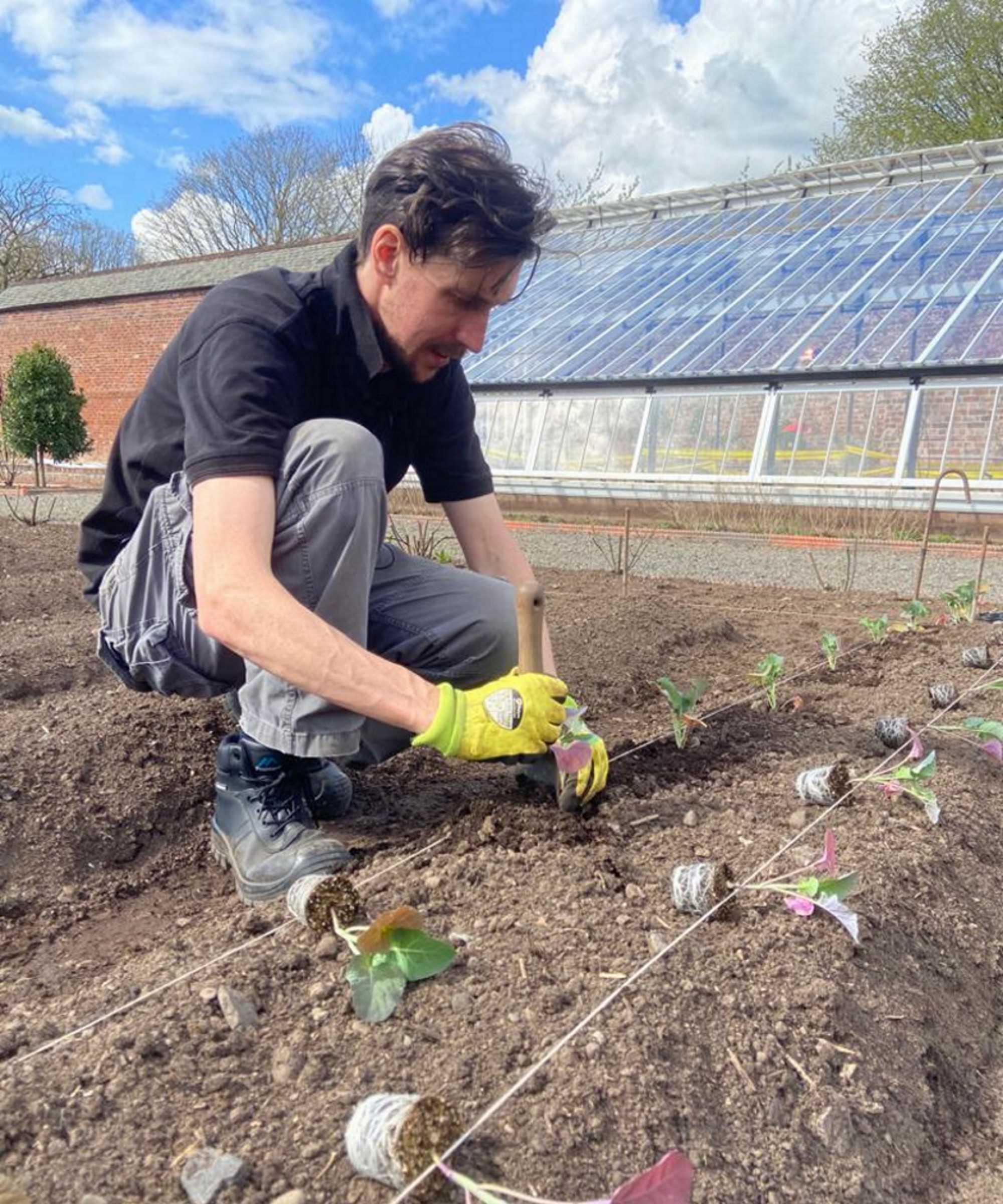
Drew has worked as a writer since 2008 and was also a professional gardener for many years. As a trained horticulturist, he worked in prestigious historic gardens, including Hanbury Hall and the world-famous Hidcote Manor Garden. He also spent time as a specialist kitchen gardener at Soho Farmhouse and Netherby Hall, where he grew vegetables, fruit, herbs, and cut flowers for restaurants. Drew has written for numerous print and online publications and is an allotment holder and garden blogger. He is shortlisted for the Digital Gardening Writer of the Year at the 2025 Garden Media Guild Awards.
You must confirm your public display name before commenting
Please logout and then login again, you will then be prompted to enter your display name.
